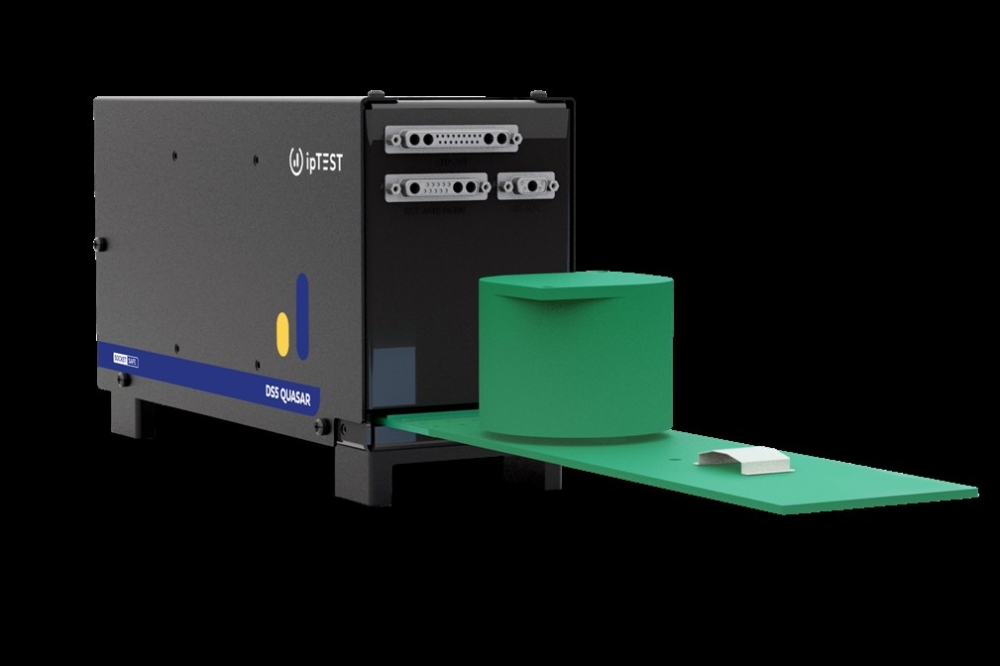Targeting regional expertise with a Catapult

By opening offices within the heart of existing regional clusters, the UK Compound Semiconductor Applications Catapult is providing catalysts that enhance local expertise.
BY RICHARD STEVENSON, EDITOR, CS MAGAZINE
While it’s easy to judge a company by looking at its balance sheet, that’s not an option for not-for-profits. For such entities, success has to be assessed by other means, such as its impact and the benefits it delivers on those its works with.
Judged against these metrics, the UK’s Compound Semiconductor Applications (CSA) Catapult is thriving. Founded in 2018 within the compound semiconductor cluster in South Wales, over the last year this not-for-profit has started to strengthen its support of activities in other parts of the UK by adding local offices.
As part of this effort, last year this Catapult opened a Future Telecoms Hub in Bristol and CSA Scotland, and started work on establishing an office in North-East England to support companies in that region operating in telecoms, satellites communications and defence sectors.
Emphasizing the rational for the expansion of the Catapult, its CEO Martin McHugh remarks: “Whilst we're located in Wales – that's because there was an early stage cluster there – our remit is still the UK. We need to be seen to be a UK player. What the Catapult is trying to achieve is allowing regional clusters to have their own identity.”
Even those that support this view may have raised an eyebrow at the setting up of the Future Telecoms Hub, given it’s just a 20 minute drive from the South Wales office. But McHugh rebuffs this: “It's important that we're in the region, amongst the cluster, and they're feeling the beat of it and the mood of it.”
Bristol is home to a number of household names within the telecom industry. This city, the biggest in the south-west, has offices for Qualcomm, Broadcomm, Nokia and Toshiba, and will soon accommodate a British Telecom research centre.
Diversifying this mix are a handful of start-ups in related fields, including Zero Point Motion, a developer of chip-scale optical inertial sensors, and Axelera AI, an artificial intelligence chip manufacturer that creates AI hardware and software platforms for edge computing. Both are supported by Bristol University’s Quantum Technology Information Centre.
The university also has strong academic programmes in the telecoms sector. Dimitra Simeonidou leads the Bristol Digital Futures Institute, as well as the Smart Internet Lab.
“You also have the semiconductor side,” adds Nick Singh, CTO of the CSA Catapult. “Gallium nitride is one of the potential workhorses for next-generation telecoms, and that is reflected by some of the work that Professor Martin Kuball has been doing.”
The Future Telecoms Hub is backed by £6.5 million from Innovate UK. The UK’s innovation agency provided £2.5 million in March 2023 and a further £4 million in November.
Much of this funding will be used to improve the UK’s capability in wireless infrastructure, including WiFi, 5G and 6G. Projects will involve the development of capabilities associated with data transmission, using frequencies approaching the terahertz domain, as well as AI and small cells.
As well as spaces for assessing hardware that features compound
semiconductor devices, The Future Telecoms Hub is equipped with a large
meeting room.
Singh says that within such efforts, the Future Telecoms Hub will help to drive the development of advanced telecom hardware.
“It's also a unique space to address what we call CMICS,” adds Singh, explaining that this acronym is short for convergence, miniaturisation, intelligence, connectivity and sustainability.
Offering some detail on each of these five focus areas in turn, Singh argues that while convergence is key to making practical breakthroughs, progress can be held back by companies failing to share their progress and their plans. The Telecom Hub can address this obstacle to success by providing a space for co-creation, co-design, co-simulation and co-development.
Singh says that miniaturisation hinges on integration, which is supported by advanced packaging, an area of expertise for CSA.
When it comes to intelligence, Singh claims: “Everything is getting clever and smarter. There will be programmable photonics.”
There is ever greater connectivity within society, which has increasing concerns regarding climate change, according to Singh: “Data doesn't come cheap, and data is hungry for energy.”
For the last couple of years, the CSA has been involved in a project called ORanGaN, focused on establishing the capability to fully develop and manufacture commercial RF GaN devices within the UK.
Within this effort, IQE has provided 150 mm GaN-on-SiC epiwafers from its St Mellon’s facility that are processed at Inex Microtechnology, which has developed a 0.15 µm technology during the project. Contributions from the Catapult’s have included modelling, characterisation and benchmarking.
While a successful project such as this is important and valuable, one should not over-state its impact, argues McHugh. In his view, establishing supply chains requires multiple programmes, each of which need to connect SMEs, OEMs and universities.
McHugh sees one of the legacies of ORanGaN as providing a platform for another phase of supply chain development, pointing out that the progress-to-date cannot be described in terms of wafer-starts-per-month.
Due to such a wide variety of opportunities within the field of telecoms, McHugh warns against the Hub from spreading its efforts too thinly. Instead, the Bristol office must focus on just a few areas, where it will strive to make a big impact.
As well as GaN-on-SiC technology for wireless, the Hub will help to pioneer efforts associated with integrated quantum photonics. Within this sphere, programmes will be devoted to the realisation of photonic integrated circuits operating at room-temperature. Efforts will involve the development of single-photon detectors.
It is possible that the Hub will also support the cluster of companies within the region developing technologies related to space.
While the work of the Bristol office of the CSA Catapult has much promise, it would be folly to expect too much too soon. Both McHugh and Singh stress that it takes time to build up regional clusters and get the many players that are there to work together, before it is possible to finally enjoy the fruits of their labour. But by setting up offices within the heart of these regions, there’s every chance that progress will be made in a manner that is efficient and beneficial to the UK.






























